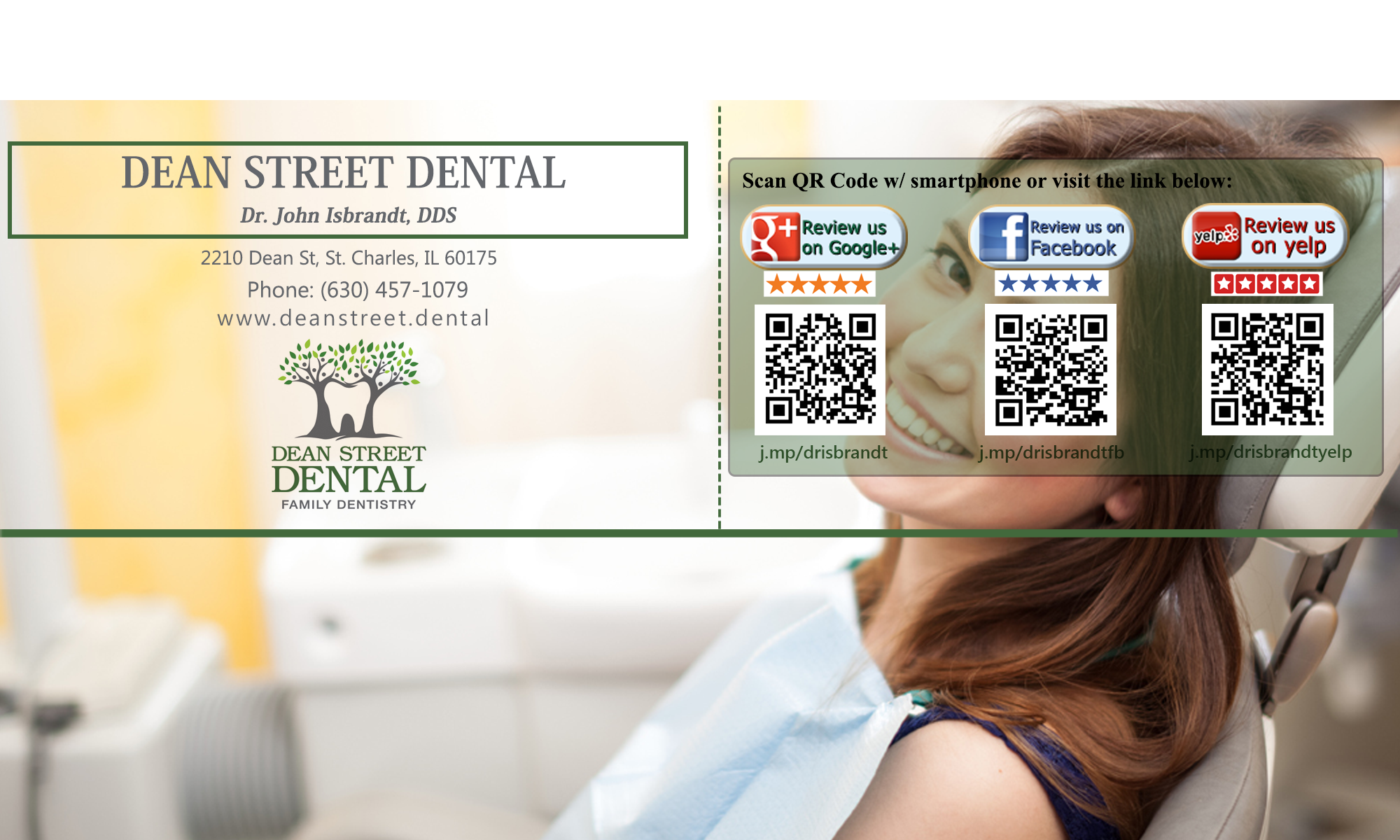Your oral health is an important part of your overall health and this is never more true than during pregnancy.
Good oral health habits not only help prevent oral problems during pregnancy, they also help the health of your unborn child.
What you eat during your pregnancy affects the development of your unborn child – including teeth.
Eating a balanced diet is necessary to provide the correct amounts of nutrients to nourish both you and your child.
Your baby’s teeth begin to develop between the third and sixth month of pregnancy, so it is important that you receive sufficient nutrients – especially calcium, protein, phosphorous, and vitamins A, C, and D.
There is a common myth that calcium is lost from the mother’s teeth during pregnancy.
In fact, the calcium your baby needs is provided by your diet, not by your teeth. If your diet does not provide enough calcium, your body will provide this mineral from stores in your bones.
If you have an adequate intake of dairy products – the main source of calcium – or take any supplements your obstetrician recommends – this will help you get the calcium you need.
To help prevent tooth decay and periodontal disease, brush your teeth thoroughly twice a day with fluoride toothpaste to remove plaque. Be sure to clean between your teeth daily with floss or interdental cleaners.
Make regular visits to your dentist during your pregnancy to ensure the best possible health for you and your baby.
